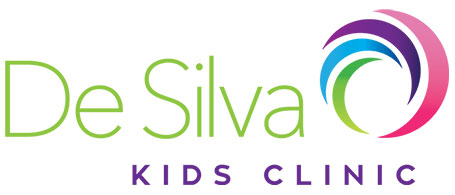This is such an effective strategy that I use during my sessions with clients!
The First-then schedules are some of the simplest types of schedules that I use with clients during speech therapy sessions. A first-then schedule will tell the client what activities will occur and in what sequence.
First-then schedule are important for children because they:
- Help address the child’s difficulty with memory and organisation of time
- Assist children with language comprehension problems to understand what is expected of them
- Lessen the anxiety level of children with autism, and reduce the possible occurrence of challenging behaviours. The schedule provides structure for the child to predict events. For example, puzzle is coming up soon…. but only after playdoh)
- Assist children in transitioning independently between activities by telling/showing them what is happening next. Schedules can be used in all environments, including gym, classroom, home, Sunday School, speech therapy/OT sessions
How do I teach it and use it?
- Decide what you want your child to complete first (goes in the ‘first’ box). Place the reward item or activity in the ‘next’ box. Your child can have the reward item/activity immediately after the ‘first’ task is done.
- Put the visuals on the board – this could be photos, drawings, written words- that presents the activities.
Present board to the child with short instruction. Try to use least amount of words as possible. For example, ‘John, first playdoh, then puzzle’.
When the ‘first’ task is completed, refer back to the board and immediately provide the preferred, reinforcing item/activity. For example, ‘All done playdoh, now puzzle’.
Below you will find first-then schedule template that you can use with your child. Print and have a go with different pictures!
Written by Didem Karademir, Speech Pathologist at De Silva Kids Clinic























